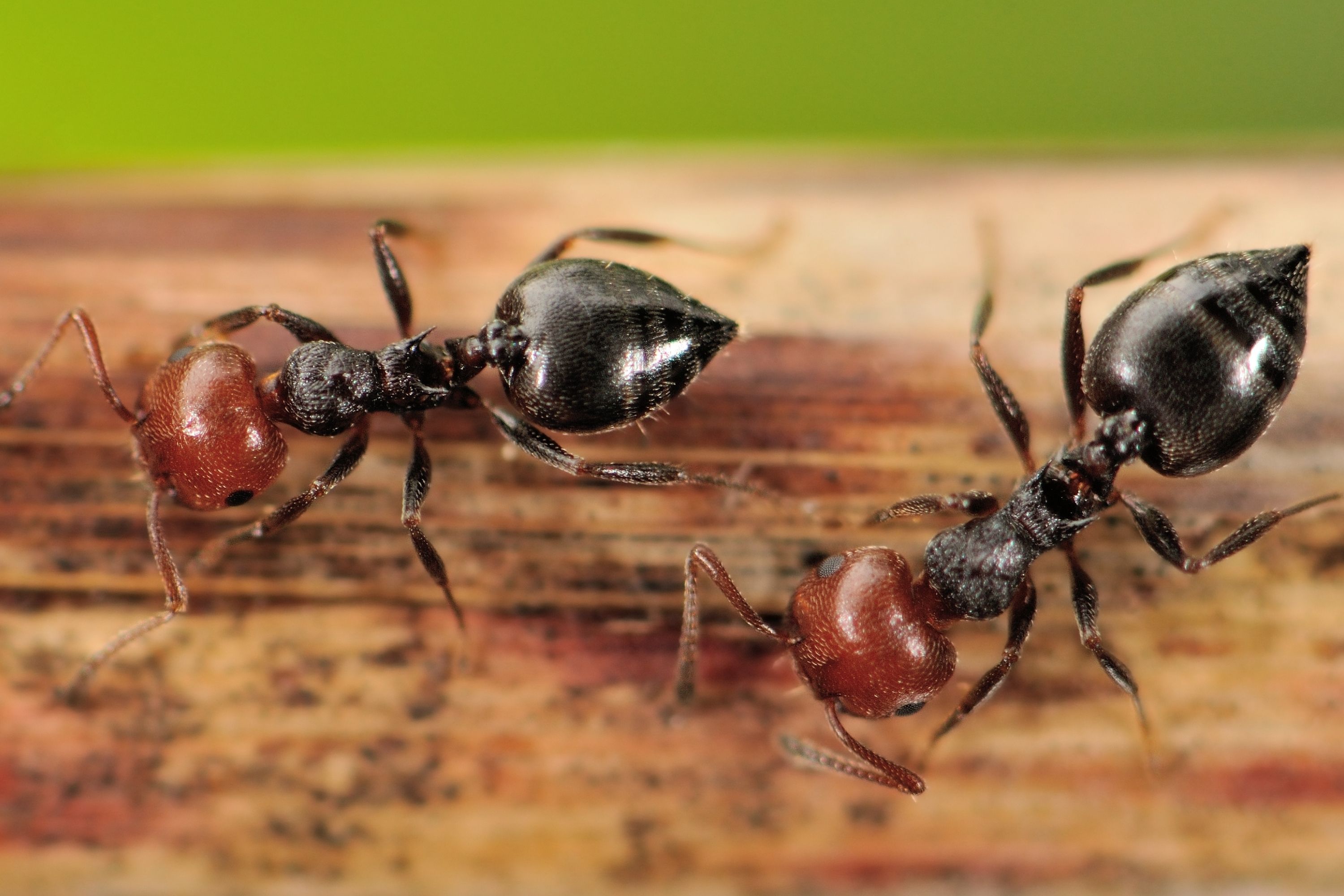Crematogaster
(Crematogaster pilosa)

Description
Crematogaster pilosa species of ant in the subfamily Myrmicinae. It is native along the southern Atlantic coast of the United States and some interior areas. These polydomous ants have been found living in tidal marshes, wet meadows and other environments in plant stems, logs, and fallen branches. Crematogaster is an ecologically diverse genus of ants found worldwide, which are characterised by a distinctive heart-shaped gaster (abdomen), which gives them one of their common names, the Saint Valentine ant. Members of this genus are also known as cocktail ants because of their habit of raising their abdomens when alarmed. Most species are arboreal. These ants are sometimes known as acrobat ants. Acrobat ants acquire food largely through predation on other insects, such as wasps. They use venom to stun their prey and a complex trail-laying process to lead comrades to food sources. Like most ants, Crematogaster species reproduce by partaking in nuptial flights, where the queen acquires the sperm used to fertilize every egg throughout her life. Acrobat ants can be found either outdoors or indoors with great frequency in each case. Outdoors, they are usually arboreal, but they often live in many common areas in the wild. These areas are typically moist and are often dark. They can often be found in trees, collections of wood (like firewood), and under rocks. Indoors, nests have been found inside homes around electrical wires. These locations are often very near large food supplies and may be around other ant nests. As with many social ant species, in acrobat ants, a queen mates with a single male during a nuptial flight. During this flight, the winged queen and winged male mate, and the male dies shortly afterwards. The female eventually lands and removes her own wings, which she no longer needs. In these ant species, a variation also exists to this mating strategy. Large female workers exist that are smaller than winged queens, yet larger than small workers. They also have many anatomical features that are intermediate to small workers and the queen, including ovary size and composition, and patches. These females can produce unfertilized eggs that can eventually develop into males in colonies that do not have a queen. If these eggs are produced in a colony with a queen, the queen can devour them. Larvae can also devour the eggs. Large workers normally produce more eggs in ant colonies that are queenless.
Taxonomic tree:







